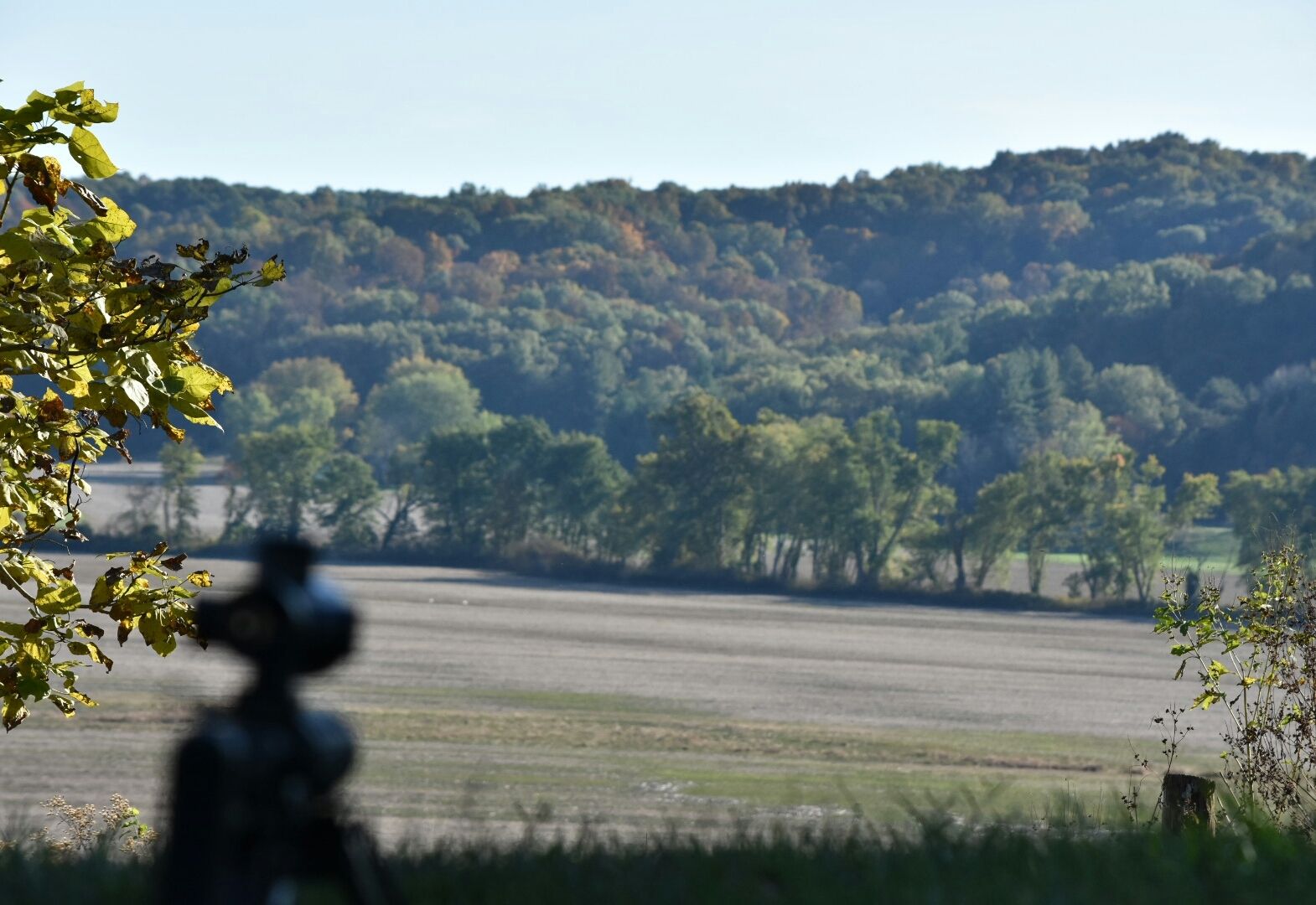I just got done shooting a couple milk jugs at 1000 yards. It took me 20 shots on the fist one. I kept making small adjustments on elevation. I didn't expect to have to adjust it that much. After getting that right and hitting the first jug it took 5 shots to hit the second. Hopefully with more practice I'll be able to get better. What percentage of hits would be good at that size of target and range? Man I love this rifle!
Milk Jugs at 1000 yards first time.
Collapse
X
-
Looks like you needed a spotter. Might have saved you a few rounds
Nice shootingKnowing everthing isnt as important as knowing where to find it.
Mark Twain
http://www.65grendel.com/forum/showt...2-Yd-Whitetail
Comment
-
-
One thing that will cut down your ammo expenditure on long range shooting like that is to bracket the target rather than sneak up into POA=POI.
The same applies to zeroing. After your first register, make a gross correction. That will give you a much better idea of how much you need to dial to get on.
Also, start out with a good ballistics program, know your mv, baro pressure, and temp, and input those variables. If there is Litz data for your bullet, use that and use the G7 drag model, not the G1. Ensure that you use the G7 drag model option on the program before entering in G7 BC data.
Know how to call the wind, and watch carefully what the wind is doing along the path of the bullet, then make necessary adjustments.Last edited by LRRPF52; 10-12-2015, 02:12 AM.NRA Basic, Pistol, Rifle, Shotgun, RSO
CCW, CQM, DM, Long Range Rifle Instructor
6.5 Grendel Reloading Handbooks & chamber brushes can be found here:
www.AR15buildbox.com
Comment
-
-
What ballistic program for the field and should you use a kestrel or phone info for a novice?12.5" SBR Grendel - Need Barrel
Surge - Rugged Suppressor
Been a fan of the Grendel from the very beginning and haven't second guessed that choice one time.
Aim small, miss small!
Comment
-
-
I always take a Kestrel, but if I didn't have one, I would look at the nearest city/town station pressure, as well as the altitude.
Many of the watches on the market now will have baro pressure, altimeter, temp, etc.
The Kestrel also has the wind meter on it. A spotting scope will help you see what is going on downrange with the wind. These are all skills we teach in formal long range courses. I can't recommend finding a reputable instructor/range facility and getting in on a class enough.NRA Basic, Pistol, Rifle, Shotgun, RSO
CCW, CQM, DM, Long Range Rifle Instructor
6.5 Grendel Reloading Handbooks & chamber brushes can be found here:
www.AR15buildbox.com
Comment
-
-
Barometric pressure, aside from wind, is the biggest factor I look at. Air is less dense the higher you go in altitude. There are less molecules in the same volume of space at higher elevations. This means the bullet has less resistance to its travel, so it flies faster for longer distances, and stays flatter.
It's like a club. Clubs down at sea level are packed, but ones up in the mountains are sparse. It's easier to walk through the mountain club since less patrons are there. This has significant effects on long range shooting.NRA Basic, Pistol, Rifle, Shotgun, RSO
CCW, CQM, DM, Long Range Rifle Instructor
6.5 Grendel Reloading Handbooks & chamber brushes can be found here:
www.AR15buildbox.com
Comment
-
-
I set some more jugs out today then got a little sidetracked. The sun was starting to go down. I grabbed my rifle and a mag with 5 rounds in it and was able to get another hit in 5 rounds. I'm going to try the other 3 tomorrow. I can feel myself getting addicted to this long range stuff.
Comment
-
-
Here's one of my many milk jugs taken at 1000 yards:
It's always fun to take these little cartridges out and show off what they can do. I've taken mine out to a mile on steel and have really turned some heads doing it. Most can't believe what such a little cartridge is capable of, especially being driven out of a gas gun
Comment
-
-



Comment